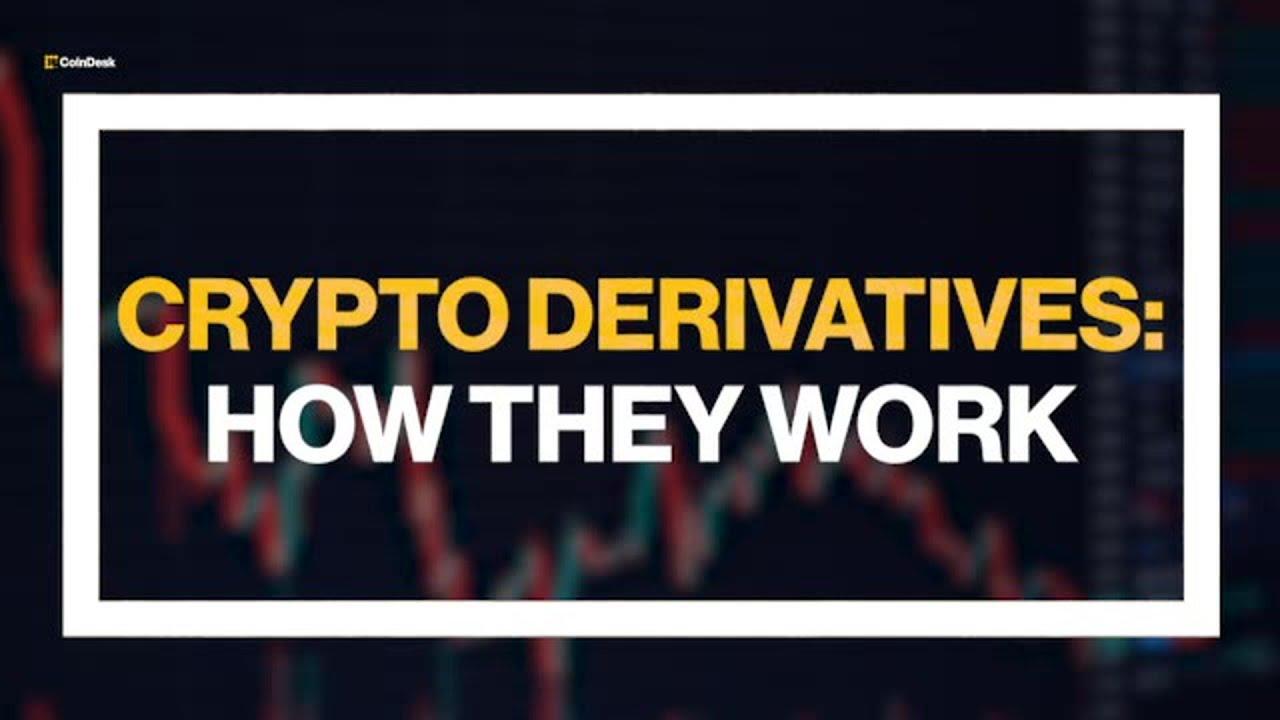Have you ever wondered what crypto derivatives are and how they actually work? You’re not alone! In today’s digital age, the world of cryptocurrency can seem like a confusing maze of jargon and complex financial instruments. But fear not, we’re here to break it down for you. Join us as we delve into the fascinating world of crypto derivatives and explore their inner workings. Strap in, it’s going to be a wild ride!
What are Crypto Derivatives?

Crypto derivatives are financial contracts that derive their value from an underlying asset, such as cryptocurrency. These contracts enable traders to speculate on the price movements of cryptocurrencies without actually owning the underlying assets. They are essentially agreements between two parties to exchange the value of a particular cryptocurrency at a future date, based on the price determined at the time of the contract.
There are various types of crypto derivatives, including futures, options, and swaps. Futures contracts allow traders to buy or sell a specific amount of cryptocurrency at a predetermined price on a specified future date. Options give traders the right, but not the obligation, to buy or sell a cryptocurrency at a specified price before a certain date. Swaps involve exchanging cash flows based on the price movements of cryptocurrencies. These derivatives are commonly used by cryptocurrency investors and traders to hedge risks and maximize profits in a volatile market.
Understanding the Mechanics of Crypto Derivatives

In the world of cryptocurrency, derivatives play a vital role in allowing traders to speculate on the price movements of various digital assets without actually owning them. Crypto derivatives are contracts that derive their value from the performance of an underlying asset, such as Bitcoin or Ethereum. Unlike traditional assets, crypto derivatives are settled in cryptocurrency rather than fiat currency.
One of the most common types of crypto derivatives is futures contracts, which obligate the buyer to purchase an asset at a predetermined price on a specific future date. Another popular type is options contracts, which give the trader the right, but not the obligation, to buy or sell an asset at a specified price within a certain timeframe. These derivative products allow traders to hedge their risks and leverage their positions in the highly volatile cryptocurrency market.
Risk Management Strategies for Trading Crypto Derivatives

Crypto derivatives are financial instruments that derive their value from an underlying cryptocurrency asset, such as Bitcoin or Ethereum. Traders can use these derivatives to speculate on price movements without actually owning the underlying asset. Some common types of crypto derivatives include futures contracts, options, and swaps. These instruments can be traded on various platforms, both centralized and decentralized, offering traders a wide range of options to choose from.
To effectively manage the risks associated with trading crypto derivatives, traders can implement various strategies. These strategies are designed to help mitigate potential losses and maximize profits. Some common risk management strategies include setting stop-loss orders, diversifying your portfolio, using leverage responsibly, and staying informed about market trends. By incorporating these strategies into your trading plan, you can navigate the volatile crypto market with more confidence and success.
Maximizing Profits with Crypto Derivatives Trading

If you’re looking to maximize your profits in the world of cryptocurrency trading, you may want to consider exploring the world of crypto derivatives. Crypto derivatives are financial contracts that derive their value from the price movements of cryptocurrencies, such as Bitcoin or Ethereum. These instruments allow traders to speculate on the future price of a cryptocurrency without actually owning the underlying asset.
One of the most common types of crypto derivatives is a futures contract. A futures contract is an agreement to buy or sell a cryptocurrency at a predetermined price on a specified date in the future. By trading futures contracts, traders can make a profit by correctly predicting the direction of the market. Another popular type of crypto derivative is an options contract, which gives traders the right, but not the obligation, to buy or sell a cryptocurrency at a predetermined price within a specified time frame. This flexibility allows traders to potentially profit from both rising and falling markets. In summary, understanding how crypto derivatives work can help traders maximize their profits and navigate the volatile world of cryptocurrency trading.
To Wrap It Up
In conclusion, crypto derivatives are a complex but important aspect of the cryptocurrency market. Understanding how they work can help investors make informed decisions and manage their risk more effectively. Hopefully, this video has shed some light on this topic and provided a clearer understanding of the ins and outs of crypto derivatives. Whether you’re a seasoned trader or just starting out, knowledge is key in this constantly evolving landscape. Stay curious, stay informed, and happy trading!
